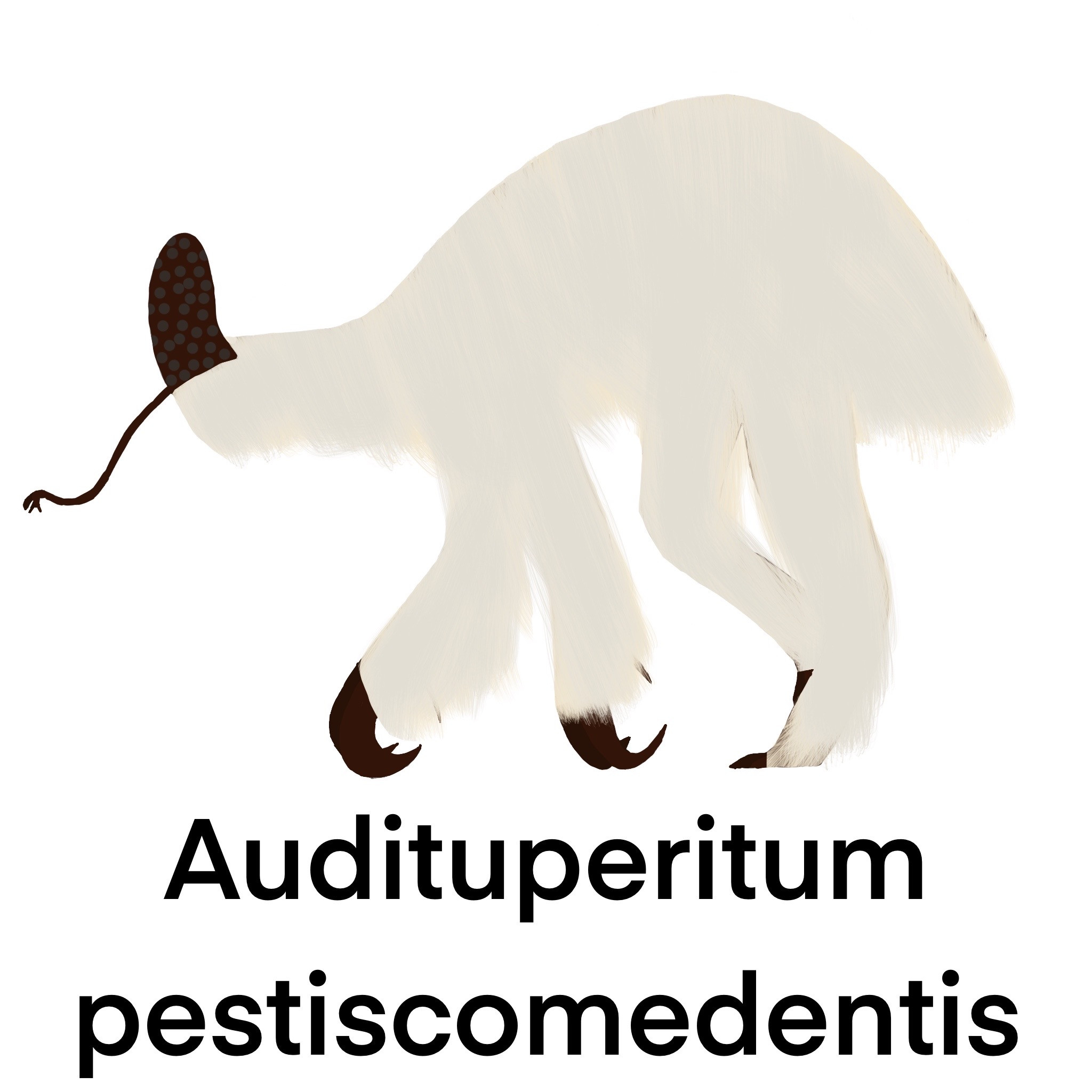HOME | DD
 Nirvanaholic99 — The Real Question
Nirvanaholic99 — The Real Question

Published: 2021-07-20 05:34:08 +0000 UTC; Views: 843; Favourites: 1; Downloads: 0
Redirect to original
Description
Does alien life exist? Different people will give you different answers, but science shows us that the answer is most likely yes. From experiments simulating the environment of early earth to the tendency of life to be found where we would never expect it, many scientists firmly believe that life is out there. So the real question is, if it does exist, what would it be like? There are a number of reasonable assumptions we can make. Evolution is not just a scientific process, it is also a logical process. Since (correct) logic is universal, alien life would be subject to evolution. Perhaps even more so, due to intense environments or high competition. Not every evolutionary trend would apply to every alien world, though. For example, if a planet or an area of it was pitch black there would be no reason for camouflage, at least the visual kind. There are many possibilities for types of life-harboring worlds, including tidally locked planets, rogue planets, and the moons or maybe even skies of gas giants. It is also worth noting that a humanoid form is only one of many possible body plans. I think it would be unlikely that humanoid forms would be common, due to the many issues of the human body as well as the many other possibilities for the body plan of a life form. Here is a hypothetical reconstruction of what an alien life form could look like.Audituperitum pestiscomedentis is a medium sized animal native to the tidally locked planet of 491-G, AKA Dusk. It is also known as the giant batwasp hunter. It lives on the side that faces away from the star, about 1000-5000 miles away from the terminator region. They feed on batwasps, creatures that resemble alien bats but act like eusocial wasps. It uses its powerful claws to dig open these mounds and then licks up the food stores of the colony with its long prehensile tongue. They are found in wet regions that are warmed by volcanic activity. Each giant batwasp hunter Claims a territory of up to 13 batwasp nests, and their predation does a very important role for the ecosystem. Without them, the colonies would grow out of control, eating everything made of meat for miles. Giant batwasp hunters have thick skin on their faces and a thick coat with a layer of interwoven fibers that act like chain mail armor, preventing most of the bites of the soldiers from working. If the creature stays at one nest for too long though, the batwasps will focus their bites on one area and break through. One feature that many creatures on this planet have is some sort of sound-sensing organ. In this animal and it’s relatives, it takes the form of a large casque filled with skin covered holes, which act similarly to the ear-hole of a reptile. This organ is often used in conjunction with the inflatable vocal sac on the back of the head to produce a thunderclap-like boom that can be heard for miles in the thick atmosphere. When one of these creatures spots a predator, it will either run away on two legs or fight viciously with its large claws, depending on the size and number of the predators and whether it has young with it.


























